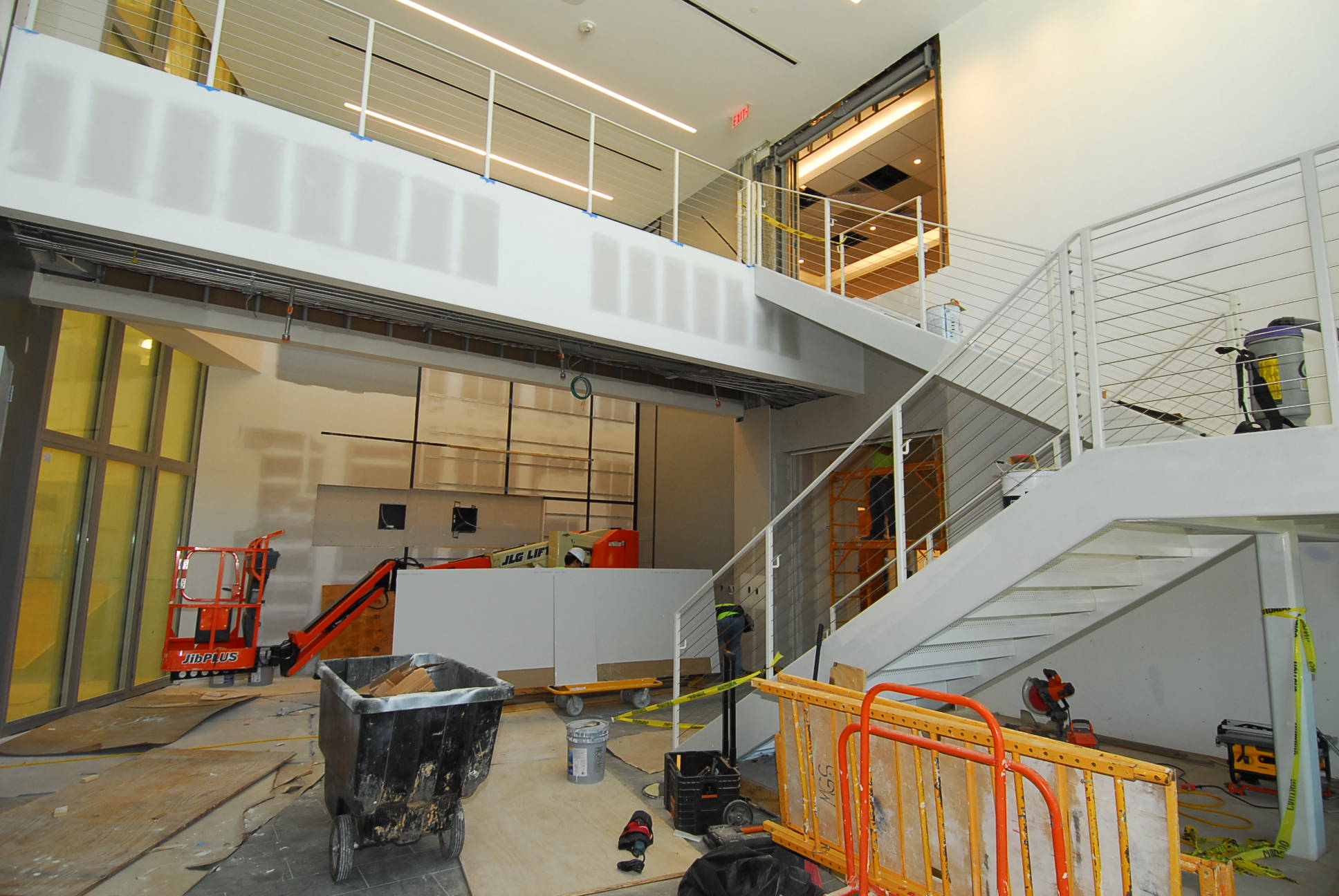
Feb 11 What are Some New Technologies or Other Strategies on the Horizon to Help Control Costs on Construction Sites?
The fundamentals of controlling cost on construction sites boils down to ensuring the construction workers in the field have the correct information needed to build. Just think of all the hands that touch the information before it gets to the boots on the ground. It starts with the owner, who conveys their vision to the design team that translates the information into renderings, which then gets detailed into 2D drawings (usually converted from a 3D model). The 2D drawings get transferred to the GC, who transfers the drawings to subcontractors, who then transfer the drawings to the sub-subcontracted labor. Add in the complexity of the constant changes to the information, and you can see the many opportunities for incorrect or old information being in the hands of the workers in the field causing unforced errors and extra costs to the build process.
The major sources of cost overruns are from re-doing work, interruptions to the flow of work and design, and work not being properly coordinated. This is where I believe technology steps in to help minimize the errors in the flow and coordination of information.
Flow of information is handled by Document Management Software (like Procore), and like all software, it is constantly changing and evolving. As the software improves, the more user friendly it is to the workers in the field. This also helps solve the challenges associated with the ever-constant revisions and changes to the information—making updates across all digital devices using that software in real time. Thus, having access to real-time data, including revisions and feedback, is driving the extensive use of digital tablets on site so all foreman of every trade and crew have the updated information when necessary. In addition, the software allows for all the data to be hyperlinked together, so everything is readily available within a few clicks or screen touches. The software will continue to get better and the use of tablets (and even smartphones) will completely replace any remnants of paper plans.
Coordination of information is increasingly handled by the technologies referred to as Virtual Design and Construction. The basics of this technology is the replication of all building components in 3D to ensure full coordination. This has been gaining traction on all construction projects and its implementation is becoming more and more widespread. The next step on the horizon is Virtual Reality, which puts the user into that 3D model where they can move around in it and see exactly what will be built. This is useful to the entire gamut of owners, designers, contractors and subcontractors. It allows the owner to see and experience exactly what they are getting in the final product, thus minimizing changes. It allows the design team to visualize and experience their design, hence promoting proper coordination. And, finally, it allows the contractor/subcontractor to visualize and experience exactly what they are to build, minimizing re-work.
In the end, our ability to control cost increases as these technologies get better and their use becomes more widespread.



